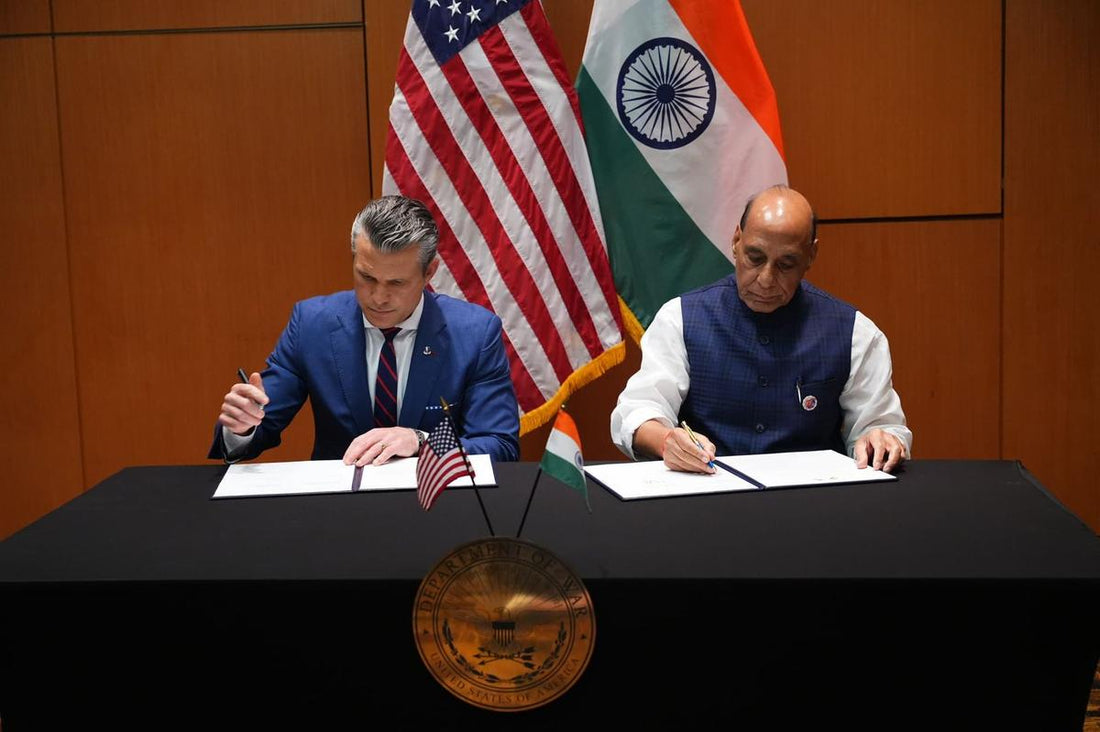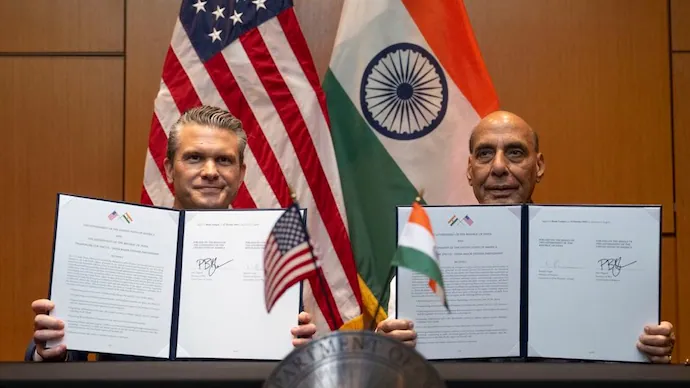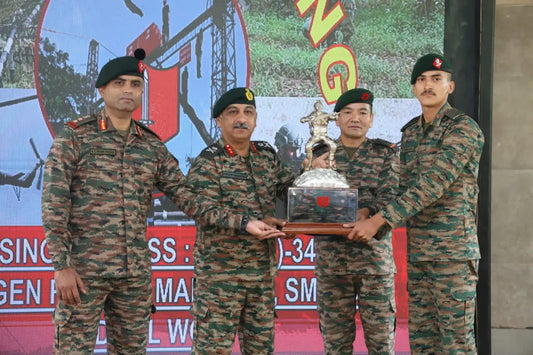India and US Formalize 10-Year Defence Agreement to Strengthen Indo-Pacific Security

India and the United States have entered into a 10-year defence framework agreement, marking a considerable step forward in their strategic partnership. The agreement was signed on October 31, 2025, in Kuala Lumpur, Malaysia, and is aimed at enhancing military collaboration, sharing technology, and initiating joint efforts. This move signifies the strengthening of ties between the two nations amid evolving regional security challenges.
The "Framework for the US-India Major Defence Partnership" was formalized during a bilateral meeting held on the sidelines of the ASEAN Defence Ministers’ Meeting-Plus (ADMM-Plus). The signatories included India's Defence Minister Rajnath Singh and US Defence Secretary Pete Hegseth, with senior officials from both countries present. This face-to-face engagement followed three earlier phone discussions between the ministers, highlighting the momentum in defence dialogue.

The framework outlines a comprehensive policy direction for the India-US defence relationship over the next decade. It emphasizes improved coordination, information sharing, and technological cooperation, focusing on capacity building and joint military exercises. The agreement places defence at the core of bilateral relations, seeking to promote interoperability and integrate defence industrial supply chains. It also supports collaborative efforts with like-minded partners to address common security concerns.
This agreement builds on previous commitments, including a joint statement in February 2025 by Prime Minister Narendra Modi and President Donald Trump, which outlined plans for a renewed defence framework. It reflects ongoing high-level engagements, such as the recent meeting between India's External Affairs Minister S. Jaishankar and US Secretary of State Marco Rubio, where bilateral ties and regional issues were discussed. The signing occurs amid strategic imperatives in the Indo-Pacific, where both nations view their partnership as a counterbalance to regional assertiveness, particularly from China. Separate trade negotiations, including a proposed Bilateral Trade Agreement, continue, with Indian officials taking a cautious approach to ensure long-term sustainability.
Defence Minister Rajnath Singh described the agreement as heralding a "new era" in the partnership. He stated, "We signed the 10-year ‘Framework for the US-India Major Defence Partnership’. This will usher in a new era in our already strong defence partnership." He emphasized the strategic convergence this represents, adding that the collaboration is essential for a "free, open, and rules-bound Indo-Pacific region."
US Defence Secretary Pete Hegseth echoed these sentiments, stating that the defence ties between the two nations have never been stronger. He called the 10-year framework "ambitious" and a significant step for both militaries that sets a roadmap for deeper collaboration. Hegseth highlighted the partnership as one of the most consequential US-India relationships globally, built on shared interests, mutual trust, and a commitment to a secure and prosperous Indo-Pacific region.
The agreement underscores a strong commitment to advancing defence cooperation, potentially leading to increased joint production, technology transfers, and military exercises. For bilateral relations, it reinforces defence as a foundational element, complementing economic and diplomatic engagements. Regionally, it supports efforts toward stability in the Indo-Pacific, aligning with initiatives like the Quad and counter-terrorism collaborations. Experts see this as a strategic move to deter potential threats, enhancing deterrence and interoperability. Despite ongoing trade tensions, the pact demonstrates that strategic priorities remain insulated, fostering a multifaceted partnership for long-term global stability.



















